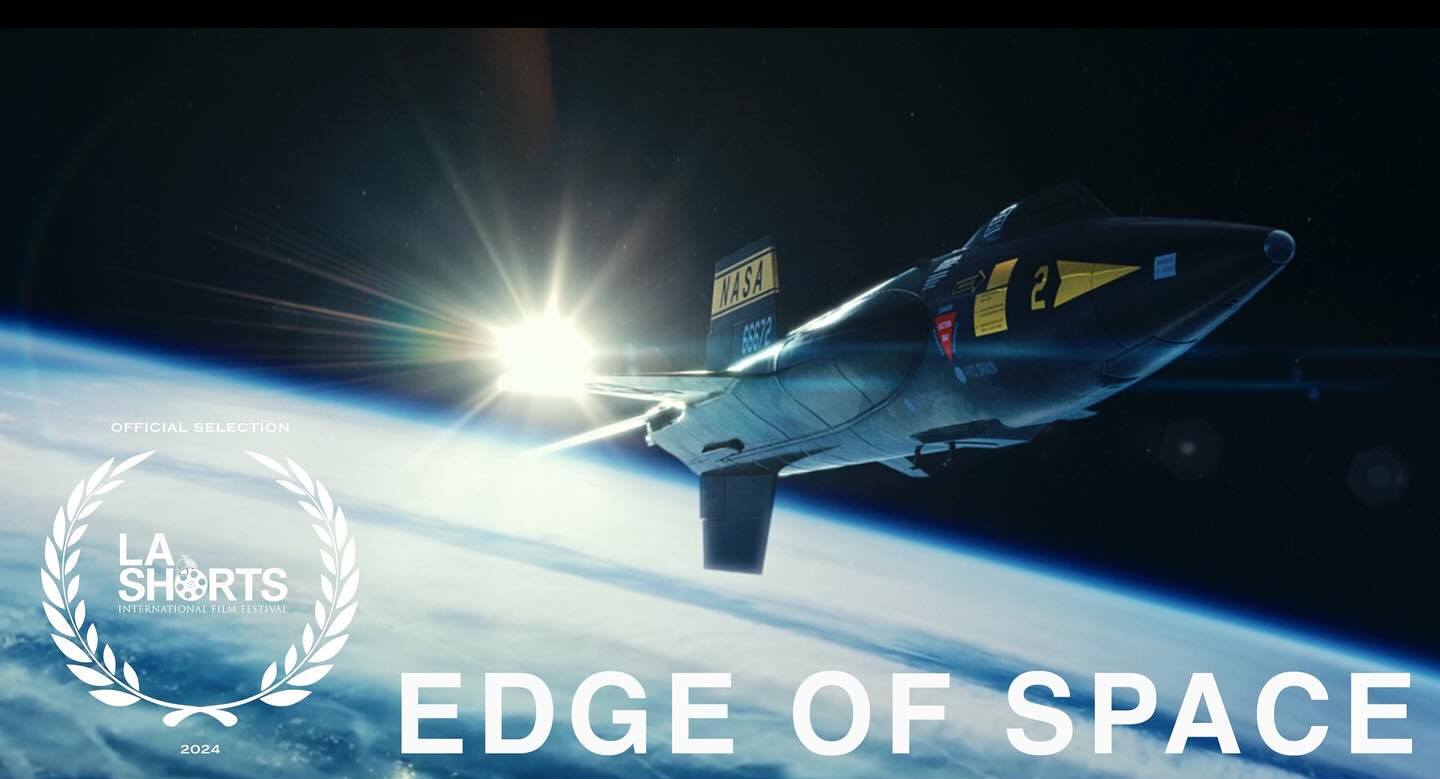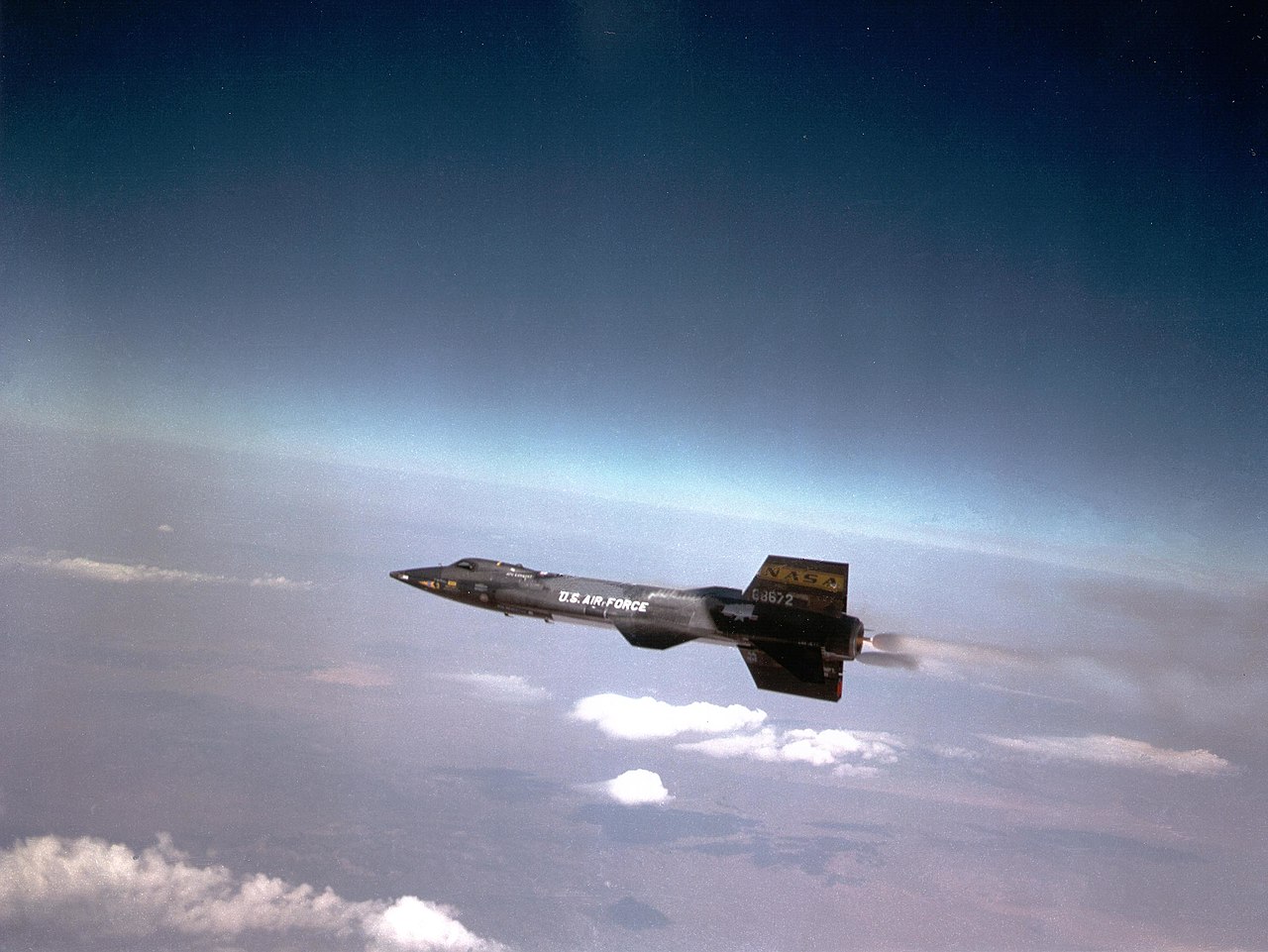Centropolis Entertainment executive Jean de Meuron, inspired by the success of Roland Emmerich’s “Midway” and “Moonfall,” created the first ambitious 18-minute short movie of his own, Edge of Space. It has become the young director’s true calling card in the world of cinema. The movie recreates the historic moment in 1961 when U.S. Air Force test pilots in an X-15 boost-glide aircraft crossed the Karman line, paving the way for the first human landing on the Moon in 1969. The movie was worked on for three years. As a result of painstaking work, the movie received a special jury award at the LA Shorts 2024 Film Festival and attracted the attention of movie critics and NASA.
De Meuron noted that while working on the movie, he was inspired by aviation and space legends such as Chuck Yeager, Neil Armstrong and John Glenn. “Despite the small budget, we had access to a real X-15 to digitally scan and recreate,” he says.

The cameramen managed to convey to the viewer the difficult and cramped conditions the X-15 pilot was in to create a claustrophobic effect. But when Karman’s border was crossed by a rocket plane, the visual effects team created the illusion of open space and an incomparable sense of freedom high above the Earth. To convey emotionality, de Meuron sometimes sacrificed documentary accuracy for cinematic effect.
Technological breakthrough
Visual effects were a key element of the movie.The team, led by Charles Joslain and Izzy Traub, used Unreal Engine and Houdini to create clouds, contrails, and aircraft interactions with the environment. For example, the clouds that pervade the B-52 and X-15 have been modeled with high accuracy. At the same time, for realism, they analyzed archival NASA footage: the dispersion of the track, the behavior of the X-15 at different altitudes and the effects of gravity.

One of the challenges was landing the airplane. Since the X-15 was launched from a B-52 and returned to Earth without fuel, the team investigated how to recreate the unique design and flight path. “We studied what Edwards Air Force Base looked like in the 1960s: hangars, runway, military facilities,” de Meuron notes.
Aesthetics and sound
The sound design varied depending on the location: inside the cockpit the details sounded, while in space the music dominated. The hybrid approach to filming allowed the emotionality of the acting to be preserved, even if it was necessary to remove the reflection of the helmet visor with VFX.

The nuances of lighting proved particularly challenging. “The color temperature changes at different altitudes: it’s warmer on Earth and cooler in space. We worked with these shades to characterize the atmosphere,” explains de Meuron. Production designer Myra Barrera recreated the X-15 cockpit from historical references, and the interiors were filmed in the studio.
Symbolism and impact
The movie uses symbolic elements, such as the test pilots’ tombstones, reminiscent of the war graves at Arlington. De Meuron points out, “This movie is a tribute to those who sacrificed themselves for progress.”

NASA supported the production, recognizing the tape as inspirational. “We aimed to show the unity of humanity in achieving a common goal. The audience felt it,” concludes the director.

To solidify their success, Edge of Space participated in the Miami International Science Fiction Film Festival (MiSciFi), where they had previously collaborated with NASA. The film has also been submitted to the Academy of Motion Picture Arts and Sciences for the Academy Award for Best Animated Short Film.
“Edge of Space” demonstrates how a combination of technology, creativity and historical facts can create an inspiring story of human perseverance and scientific discovery.
Earlier we told how Ukrainian cinema draws the space.
Provided by AWN


